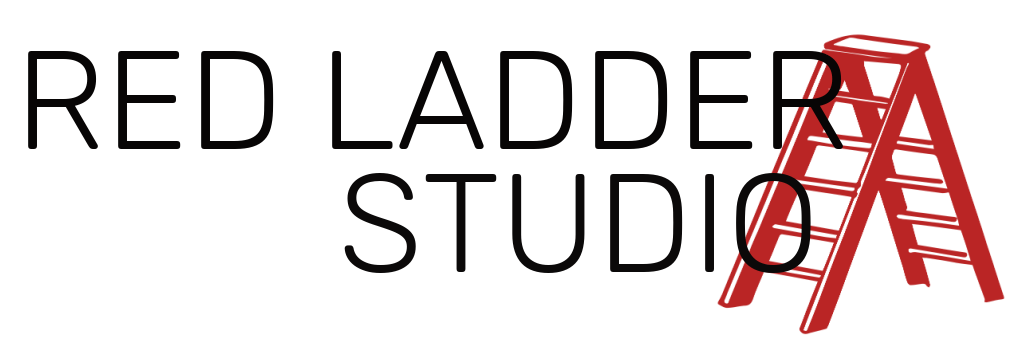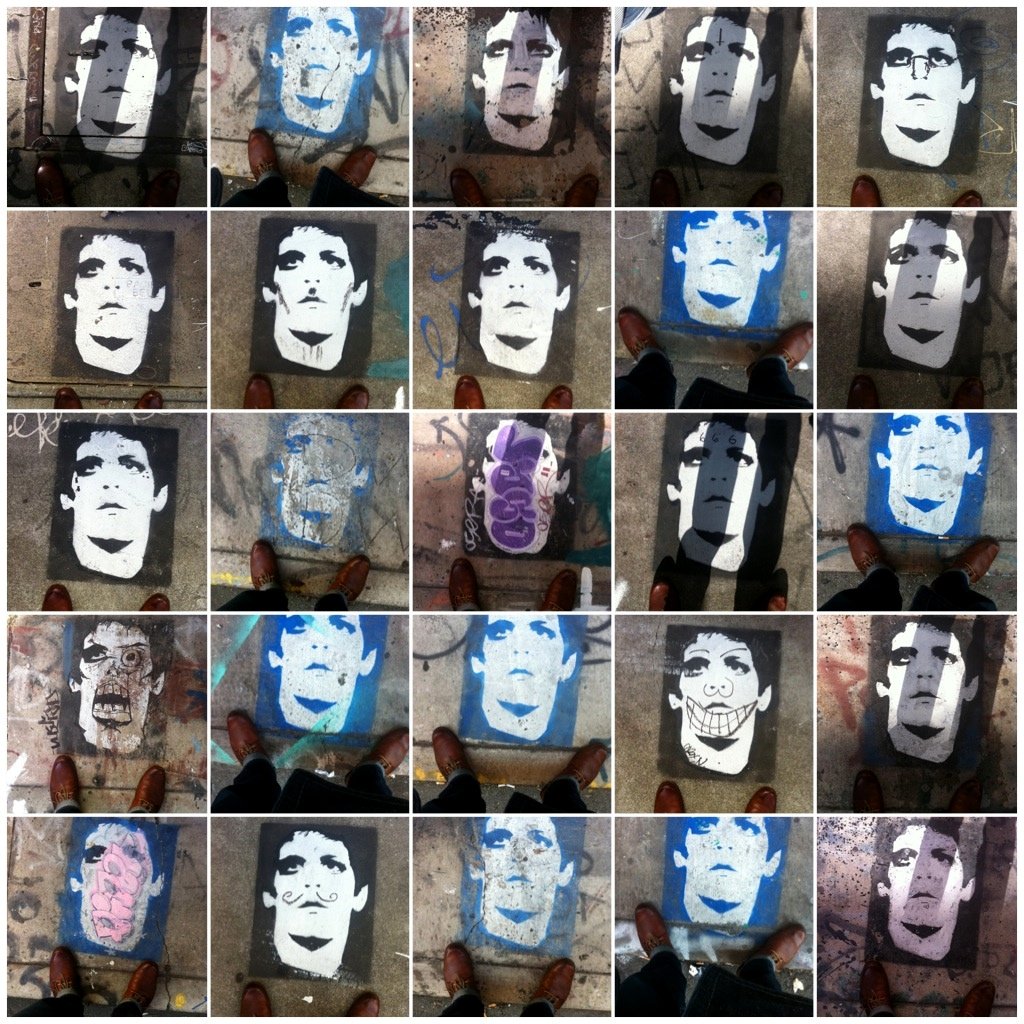Wabi-sabi and my punk roots
“To be true to myself, to be the person that was on the inside of me, and not play games. That’s what I’m trying to do mostly in the whole world, is to not bullshit myself and not bullshit anybody else.”
It was purely by chance that I ended up at the Buddhist Centre.
I had a stressed-out boyfriend who thought learning to meditate might help, but didn’t want to go alone to the class. I said I’d go with him, but only for the first session. And here I am still practising, 34 years later.
It wasn’t so much the meditation that grabbed me, but the Dharma, the teachings. I was impressed. And believe me, aged 20, I wasn’t easily impressed.
I’d dropped out of school at 15, bored, but not unintelligent. It was my dad that taught me how to think. He did this by disagreeing with almost everything I believed in (or was it me disagreeing with him?). He was so good at debating that he could easily win an argument while arguing for a position opposite to his own. I particularly remember Sunday lunches with a bottle of wine on the table and my mum and brother escaping the arguments by doing the washing up. Recurring themes were vegetarianism, religion, racism and classism, the perennial classics. The funny thing is we never actually fell out, whilst disagreeing on almost everything. Anyway, these experiences began my love of philosophy.
One of the first Buddhist teachings I came across was Sangharakshita’s ‘Mind Reactive, Mind Creative‘ given in 1967, the year I was born. I remember reading this lecture sitting in the car by the beach, smoking my roll-ups. In the cassette player was Lou Reed’s ‘Rock and Roll Animal’, with that 13-minute track, ‘Heroin’ that keeps building in intensity and then falling away, also released in 1967. Sangharakshita and Lou Reed both awakened something deep in me, without seeming to contradict one another.
In fact, until I came across the Dharma, it was art, as in music and lyrics, that had been my religion. From Janis Joplin to Iggy Pop to Crass. So when I discovered that one of the distinctive things about Sangharakshita’s take on the Dharma was that he emphasised the importance of the arts, something clicked into place for me. It felt like coming home.
He’d had an early experience himself of teaching English poetry to students in India and feeling that this was no different to teaching the Dharma, that in fact, he was teaching the Dharma through this poetry. Interestingly, Chögyam Trungpa, teaching in the West in the 70s and 80s, also felt this strong link between Dharma and art.
Coming across the Dharma when I did felt like being in just the right place at the right time. I had my training in philosophy from my dad and I was already intuitively following what felt like a ‘spiritual path’ through music, poetry, and art. But I soon hit a problem.
Sangharakshita had made a connection between the Dharma and the art that he loved, Bach, Handel, Blake and Shelly. So it followed that everyone involved in the Buddhist centre seemed to love Bach, Handel, Blake and Shelly! I exaggerate, of course. There was, in fact, one couple who were brilliant clog dancers and would dance on wooden trays.
But what of me, me and Lou Reed? It was suggested I could try to refine my tastes. I didn’t.
At that point, I came across wabi-sabi. It named a different kind of beauty. Qualities such as discord, murkiness, earthiness, and roughness. Beauty that was spontaneous, unfinished, unpolished, raw. In a word, human.
The path of wabi-sabi Dharma is a path of descent. Dropping fully into the here and now, the extraordinary ordinary of our everyday lives.
In the Tibetan tradition, it’s considered extremely fortunate to be born human, not because we humans are perfect. But because it turns out that human life, with all its joys and sorrows, with our capacity to love and to hate, and all the messiness of being human, in fact with everything that Janis Joplin and Lou Reed sing about, is just what we need to wake up.



